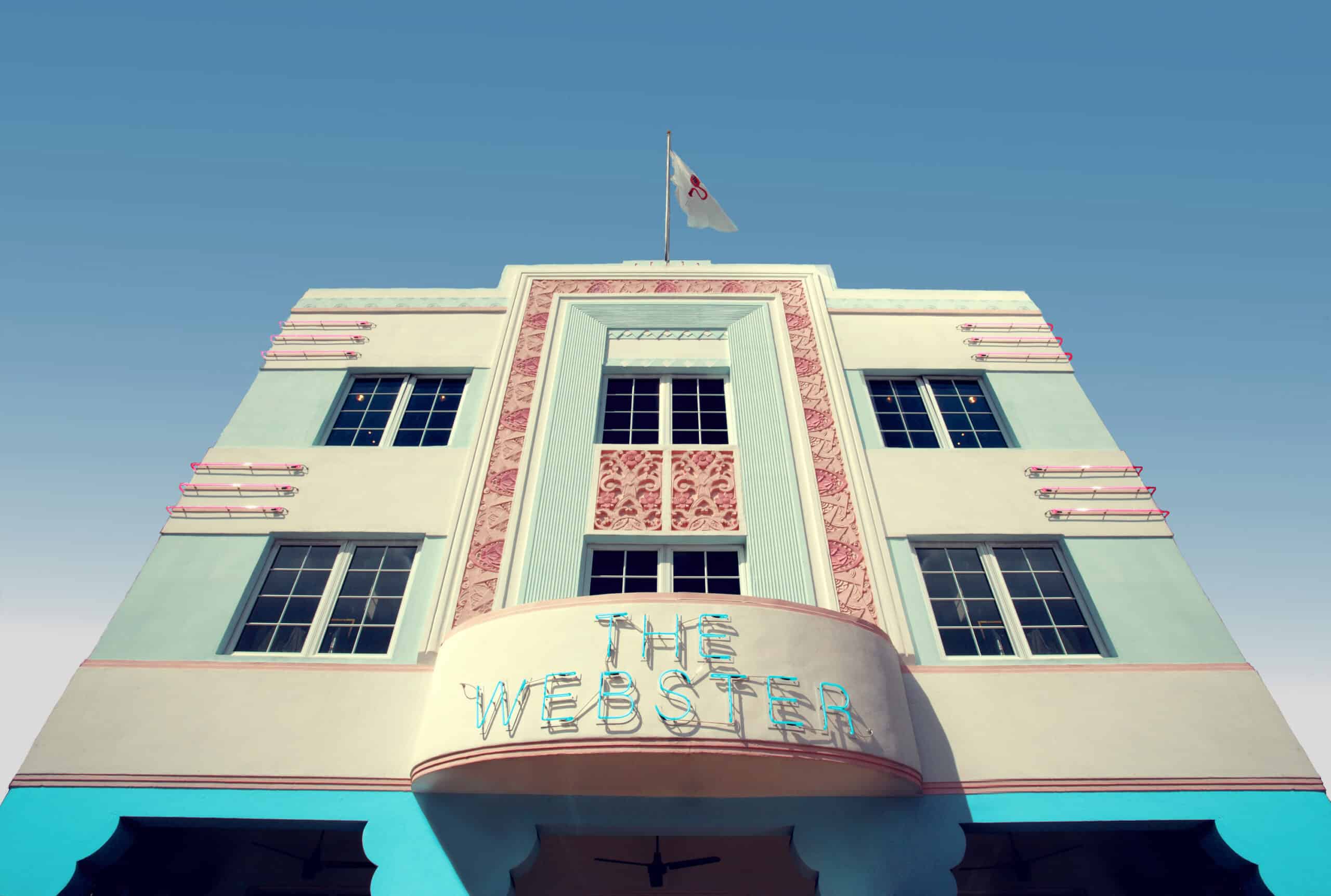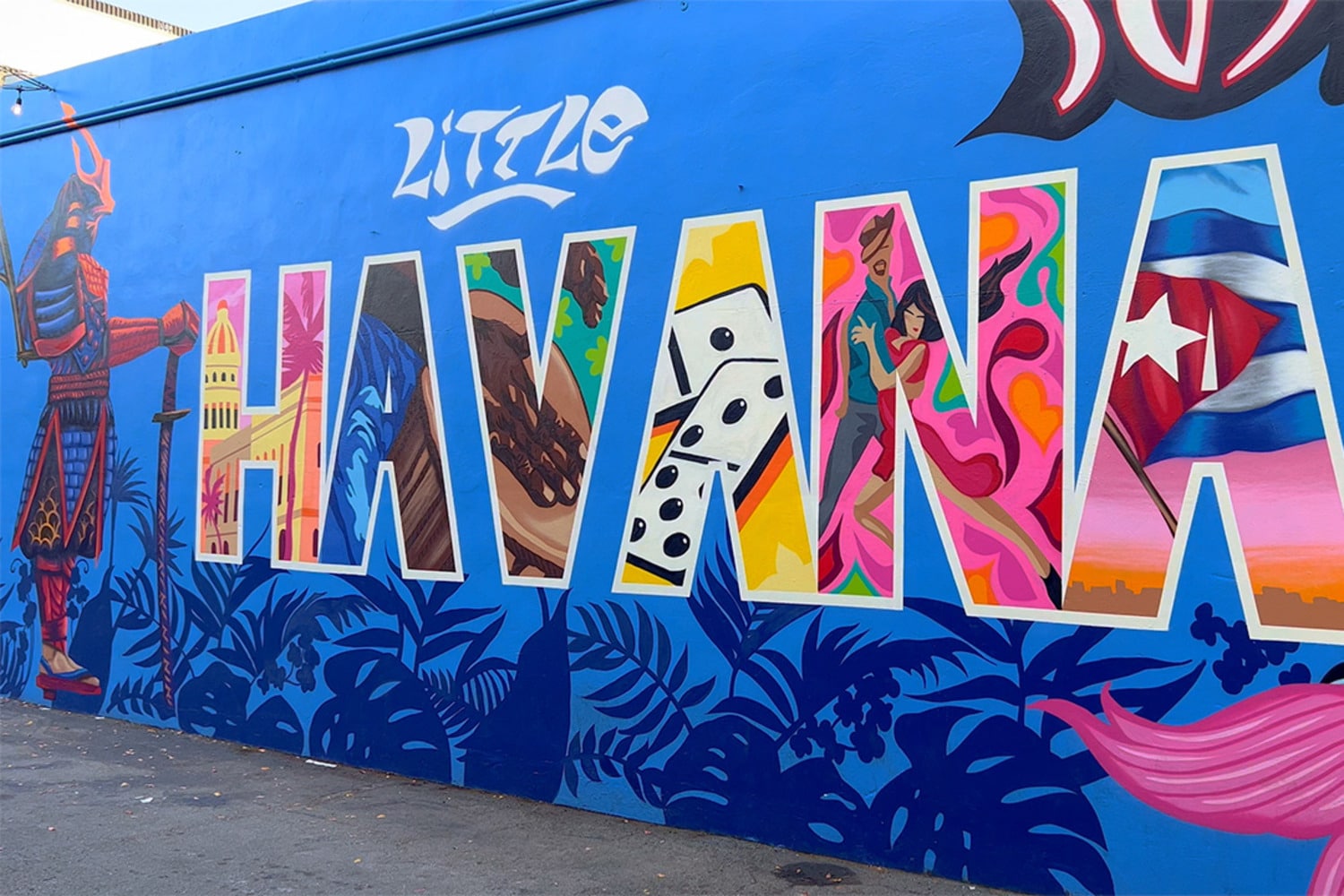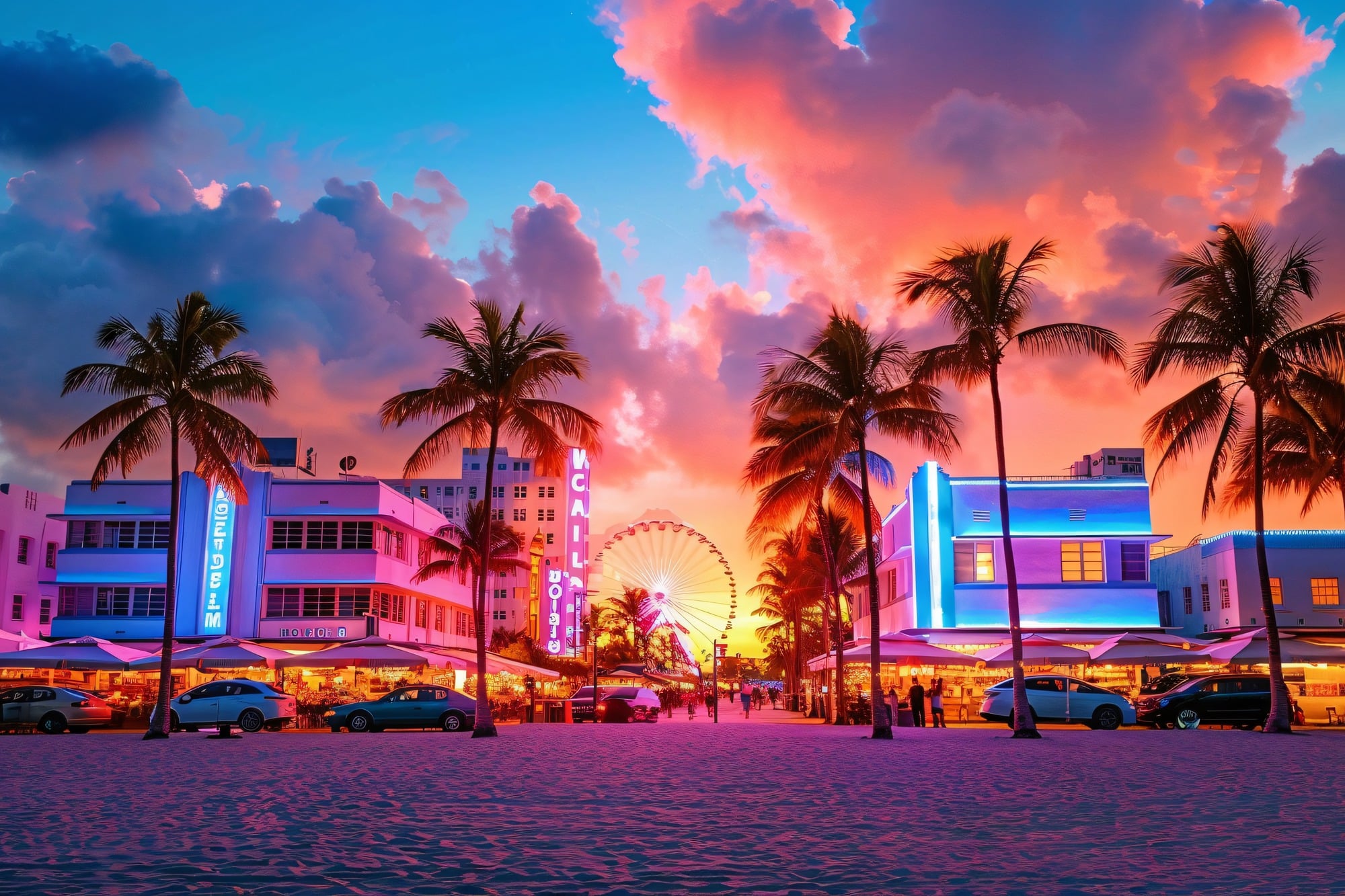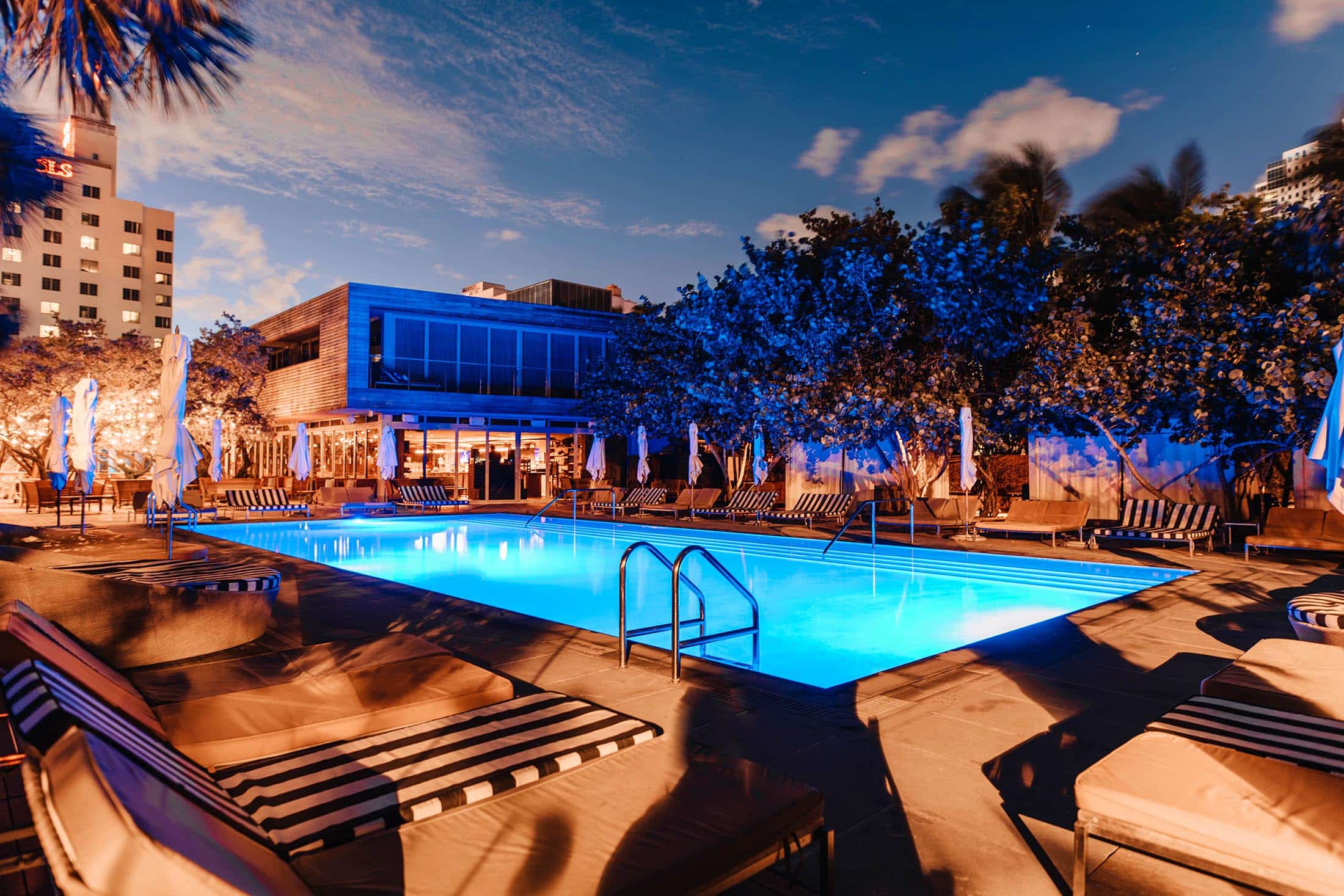What is Art Deco?
The 1920’s and 1930’s were the heyday of art deco as a design and architectural style, which peaked in popularity. Although it had its beginnings in Paris, art deco architecture may now be seen in cities all over the globe. In the United States, New York is the primary center with the highest concentration of art deco structures (including Radio City Music Hall, the Chrysler Building, and the Empire State Building, amongst others). Still, interestingly, Mumbai in India is the city in the world with the most buildings overall.
In general, the art deco style is highly symmetrical, often has a lot of curves, and typically incorporates glass blocks or elaborate and gilded ornaments of geometric or floral motifs. Art deco was famous from the 1920s to the 1950’s.
There are certain aspects and principles of art deco that are pretty universal. Still, others are specific to the location. These aspects and principles are impacted by the natural setting, the resources that are accessible, and the economic climate of the area. Miami has hundreds of Art-Deco buildings, and while it’d be great to get a look at all of them, here are some that you were simply must see.
The Carlyle
This building has been around since 1941 and is a perfect example of the Miami’s Art Deco style rule of thirds, with three vertical sections that divide the building. Its white and sea green color scheme is unique for the area and makes it a perfect fit for the building’s home on Ocean Drive, mere feet from South Beach. You may have seen the façade of The Carlyle previously, as it’s been used in a few movies such as Scarface and Bad Boys 2 and acted as the setting for the 1996 film The Birdcage, which stars Robin Williams Gene Hackman, and Nathan Lane. It’s also not the wrong place to stay, with plenty of modern amenities and spectacular views.
Colony Theatre
Seeing this building in person will make you think you’ve gone back to 1935, when the Colony Theatre was built. The theatre’s marquee and façade have been perfectly maintained throughout the years. At the same time, the ticket box and entryway have also been restored to produce an authentic 1930’s look and feel. Located at the corner of Lincoln Road and Lenox Avenue, Colony Theatre is one of Miami’s most beloved and treasured Art Deco buildings. It still functions as a 430-seat performing arts center, making it an essential part of the surrounding neighborhood.
The Breakwater
With its great height, glowing neon lights, and a strong emphasis on symmetry, the Breakwater stands out, literally and figuratively, as one of Miami’s pre-eminent Art Deco buildings. Built in 1936, the Breakwater was renovated in 1999 to give it modern hotel amenities. Still, the façade of the building remains intact and is one of the most recognizable spots on Ocean Drive. With its neon lights, nighttime is the best time to take a good, long look at the beauty of the Breakwater.
The McAlpin
This is another picture-perfect example of Art Deco style. The McAlpin follows the rule of third perfectly and has incredible symmetry. With pastel colors of pink and turquoise, the McAlpin is one of the most awe-inspiring buildings on Ocean Drive and has been since it was built in 1940. Take one look, and you’ll understand why the McAlpin remains one of the most photographed buildings on South Beach.
The historic McAlpin (now part of the Hilton Grand Vacation Club) is one of South Beach’s most well-known and photographed structures. It’s, without a doubt, one of Miami’s outstanding Art Deco specimens. The building’s façade is symmetrical, with lines running the length and breadth. Both the vertical lines and the horizontal eyebrows follow the rule of three. In addition, the McAlpin features a lovely pastel color scheme of pink and turquoise and beautifully designed signage.
Bass Museum
Art on the inside and a work of art on the outside is the best way to describe the Bass Museum. Built-in 1930 and located on Collins Avenue, the Bass Museum is arguably the pre-eminent Art Deco building in Miami. The outside of the building has incredible texture because it’s covered with fossilized Paleolithic coral, a feature that’s hard to find elsewhere and gives the building a naturally aged look. The outside is also decorated with bas-reliefs that depict everything from cruise ships to pelicans to Spanish conquistadors. No other structure may define Miami’s Art Deco district and the city in general than the Bass Museum.
The Hotel Celino
Henry Hohauser and L. Murray Dixon, both from New York, were the principal architects of deco South Beach. The Celino Hotel, formerly known as the Park Central Hotel (630 Ocean Drive) until 2019, is one of Hohauser’s finest works, dating from 1937 and boasting dramatic vertical bands and window “eyebrows.” This region was a terrible crime hotspot in the early 1980s, providing a fitting backdrop for the gruesome violence in Brian De Palma’s film Scarface, which was filmed at 728 Ocean Drive, and most of the action in the popular crime program Miami Vice.
South Beach’s buildings were originally painted white with colorful accents. Interior designer Leonard Horowitz created a palette of tones to bring attention to the architecture—and away from the squalor—in the 1980s, and the candy hues were born.
The Clevelander
The Clevelander, which is now a popular destination for nightlife and a hotel and a landmark of South Beach, was constructed in 1938 by the renowned architect Albert Anis. The Clevelander boasts a weekly program of live entertainment on the outside poolside terrace, featuring live DJs, fire displays, and go-go dancers. Today, some of the most lavish parties in the city can be found at this historic location. Unfortunately, there’s a chance that things may turn rowdy, and if you want to stay at the hotel, you need to be at least 21 years old.
Hallmarks of Art Deco Style
Art Deco, which is sometimes abbreviated as “Deco” and is also referred to as the “style moderne,” originated in Europe and found its way to the United States around a century ago. It is easy to recognize an Art Deco structure from a mile away because of its distinctive use of geometric forms, vivid colors, and styles. Art Deco architecture is a mishmash of several architectural trends such as cubism and fauvism. The term “Art Deco” can relate to buildings. Still, it can also be used to describe things like furniture, jewelry, fashion, automobiles, and even trains.
The Webster
In addition to having three stories, this Miami Beach structure has been cut into thirds. It has a posh store and an idyllic rooftop deck. If you want to shop here, you should know that it won’t come cheap, but the quality of the items it carries is unparalleled in the city. Take pictures of the pastel-colored décor, the famous terrazzo flooring, and the statement-making stairs, even if you aren’t planning to buy there. However, trying on a few different clothes isn’t going to harm you. Putting on some glitz and glamour is one way to feel like you’ve been transported back to the 1930s.
Waldorf Towers Hotel
The Waldorf Towers Hotel is quite a sight; it flaunts a vibrant orange exterior and is crowned with a columned dome. The Waldorf Towers Hotel, now managed by Room Mate Hotels and has undergone extensive renovations, has maintained the architectural style established by its original designer, Albert Anis. Most importantly, it continues to offer breathtaking views of the ocean from its perch on the world-famous Ocean Drive.
Conclusion
The next time you are in Miami, or while staying in one of Miami Beach vacation rentals, villas for rent in Miami, penthouse for rent Miami, or luxury short term rentals Miami, be sure to explore the Art Deco district and take in all the dazzling architecture that it has to offer. From the hotels to the storefronts, there is an overload of eye-catching décor to feast your eyes on. And, if you want to get a taste of what it was like to live during the 1930s, then make sure to visit some of these iconic locations.




